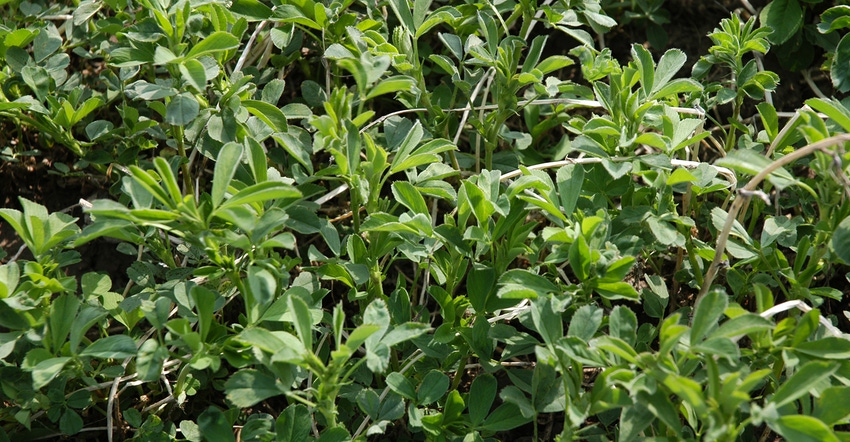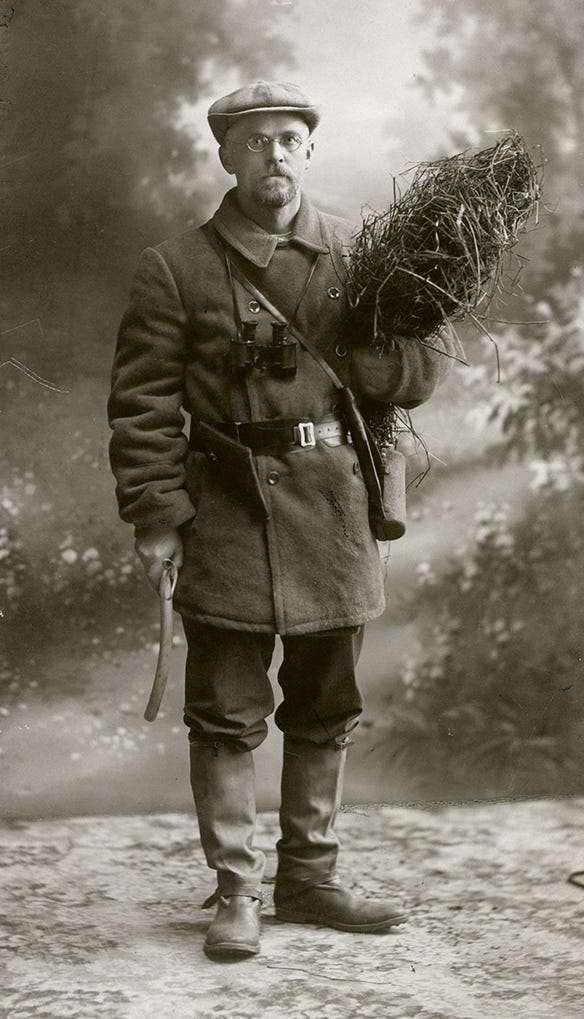July 3, 2017

I’d never heard of the man who is going to be inducted into the South Dakota Agricultural Hall of Fame in September.
You may not have heard of him either.
But you are probably growing field crops, trees, flowers and shrubs that he had a hand in developing.
His name is Niels Ebbesen Hansen. He was named professor of horticulture and forestry and director of the experiment station at the Dakota Agricultural College (now South Dakota State University) in 1895.
“No person so changed Northern Plains agriculture as did Professor Hansen,” wrote Daniel Flyger, a Freeman, S.D., farmer and teacher, in his nomination for Hansen to the Hall of Fame.

PLANT EXPLORER: Professor Niels Ebbesen Hansen (1865-1950) was a USDA plant explorer and a Dakota Agricultural College horticulture and forestry professor and experiment station director. He will be inducted into the South Dakota Agricultural Hall of Fame in September.

“When James Wilson became secretary of agriculture, he appointed Hansen to be ‘USDA Plant Explorer Number 1.’ Hansen made eight trips overseas in his lifetime. He traveled across Eastern Europe, through Ukraine, Russia, Siberia, and on into Asia looking for plants that were cold-, heat- and drought-tolerant. Hansen was reported to have said, ‘If it can grow in Siberia, it might survive in South Dakota.’ Professor Hansen often referred to the Great Plains as ‘My American Siberia.’
“Hansen’s trips involved months of travel over thousands of miles. His adventures were akin to an Indiana Jones adventure as he traveled with a pistol and a rubber billy club in his belt, a dagger, field glasses and a magnifying lens. He traveled by sled across frozen Siberia in winter; traversed blistering wastelands; and faced robbers, floods, revolutions and plagues. He sent great volumes of plant material back to USDA, including seeds for alfalfa and brome grass by the tons. Secretary Wilson was reported to have said, ‘I have 12,000 men under me, but none who knows how to work like Hansen. There is only one Hansen.’
“In addition to his travels, Prof. Hansen continued as horticulture professor, managed the experiment station, was secretary for the South Dakota Horticultural Society and organized the displays in the Horticulture Building at the state fair. He was a regular contributor to the South Dakota Poetry Society’s publication, Pasque Petals. Yet his life was beset with heartaches and setbacks. He lost his young wife nine days before Christmas in 1904. They had been married six years, leaving him with two small children. In 1907, he married Miss Dora Pammel, his first wife’s older sister. They were married 38 years.
“Eventually USDA cut off Hansen’s funds and explorations. When this happened, the state Legislature appropriated funds to send him on two more trips.
“Hansen brought his introductions to Brookings where he grew and crossbred them to produce plants that could be used on the Great Plains. Many of these plants were made available through Gurney’s Seed and Nursery in Yankton. His introductions included: Cossack and falcata alfalfa, smooth brome grass, crested wheatgrass, proso millet, various varieties of soybeans and durum wheat. Many are still raised today. Others have been used in plant breeding programs to help produce the varieties we plant today.
“During his career, Hansen collected and introduced over 400 plant varieties including forage crops, fruits, vegetables, ornamental trees, shrubs, perennials and hardy roses. He introduced red-fleshed apples and thornless roses, which are used in plant breeding today. He developed many hardy plums, bush cherries and crab apples that we still grow today.
“Many field crops and forages descend from things he introduced to us. Our beehives swell with honey from yellow sweet clover, which he brought to us. In our yards, gardens and orchards, we plant his flowers, fruits and ornamentals. From the prairie provinces of Canada to the plains of Texas, our pastures and hay meadows flourish with grasses, clover and alfalfas he introduced. Our shelterbelts contain Dolgo crabapples, Siberian elms and crabapples, Mongolian apricots, Harbin pears, caragana, Nanking cherries, Hansen sand cherries, and Hansen hedge roses.
“Professor Hansen passed away in 1950. His tombstone in a Brookings cemetery sums up his life and is a challenge to all of us: ‘To leave the world a better place than I found it.’”
Seeing Hansen’s legacy
“N. E. Hansen has been my hero since I was 10 years old,” says Flyger, who like Hansen, is Danish.
Flyger sees Hansen’s legacy on his farm today.
“We bought a small farm 9 miles northwest of Freeman about 25 years ago where we have raised all kinds of poultry, a few hogs and sheep. When we came here, there was a small patch of old-fashioned yellow alfalfa. I learned that was Hansen's falcata that he brought from Siberia. There was an orchard here, and the older couple who lived here said they always planted things that Prof. Hansen introduced, so it seemed providential we buy the place. We had seven kids, so to keep the kids out of trouble we had a small herd of registered Jerseys and milked cows and sold milk to Dimock Cheese. When I found out Hansen was not in the Hall of Fame, I set out to get that one changed. No one in the state is more deserving in my opinion. Where would we be without Hansen?”
Learn more
To learn more about Hansen, see state.sdstateconnect.org/n-e-hansen.
You May Also Like




